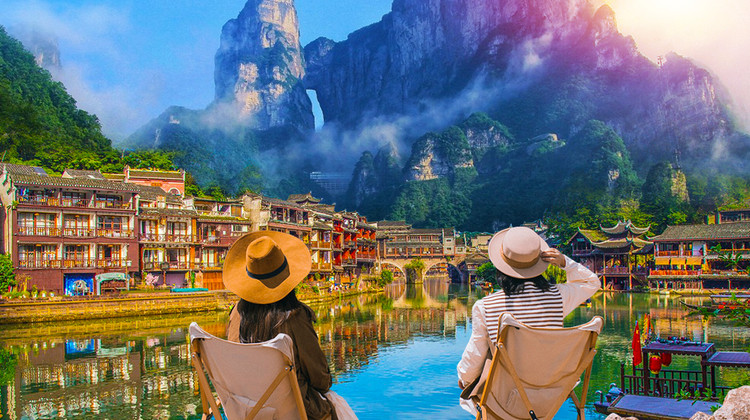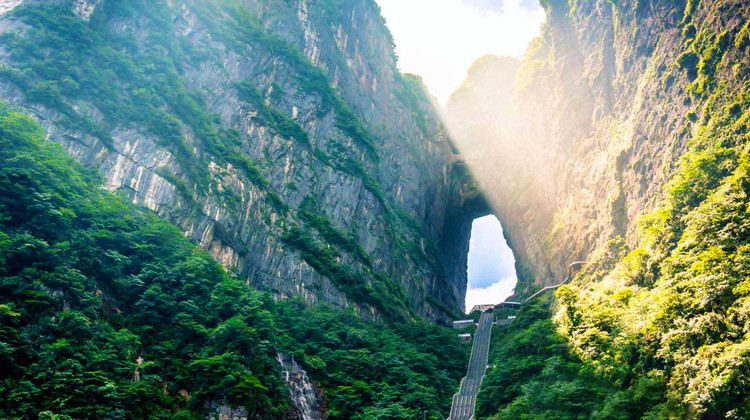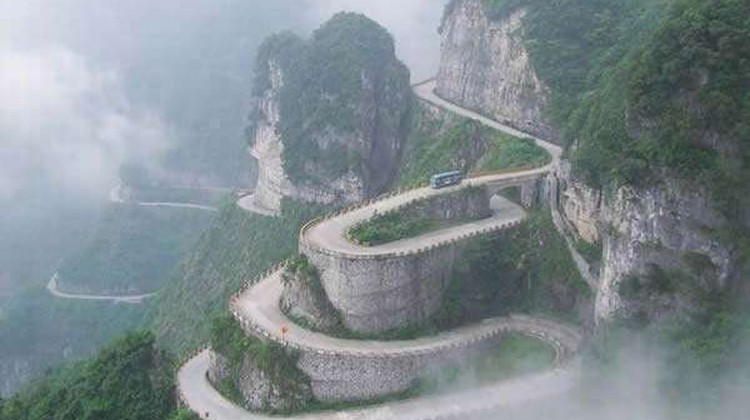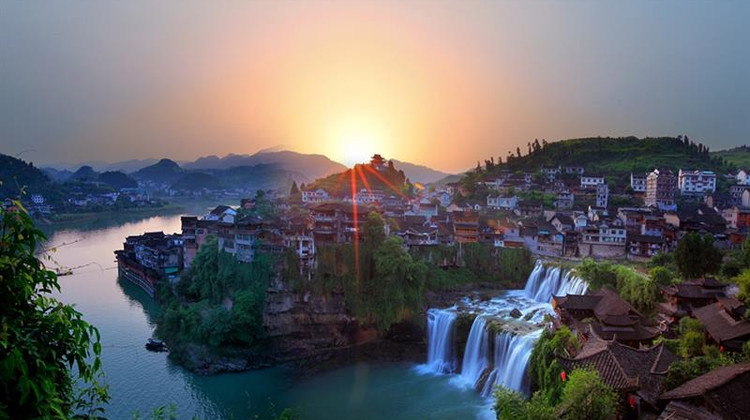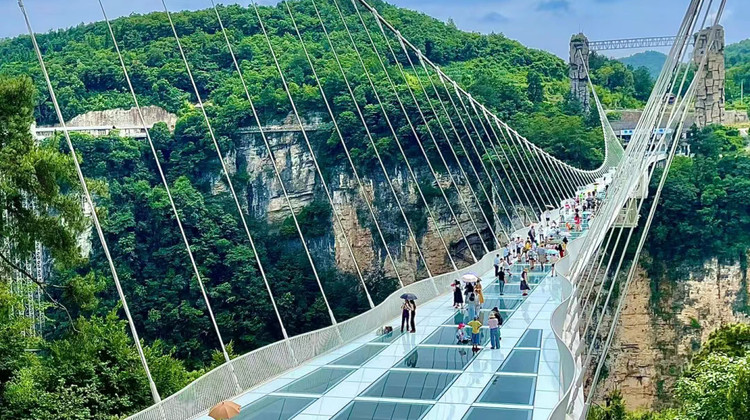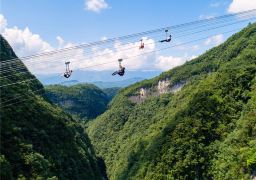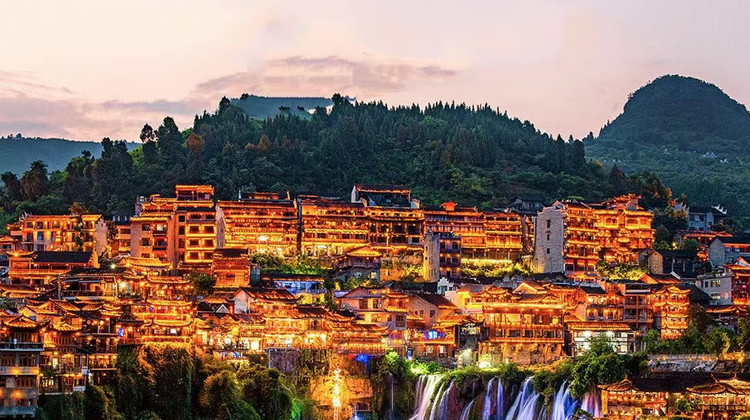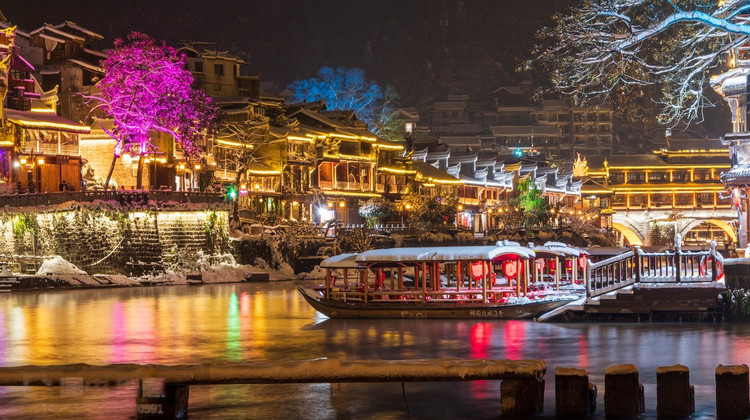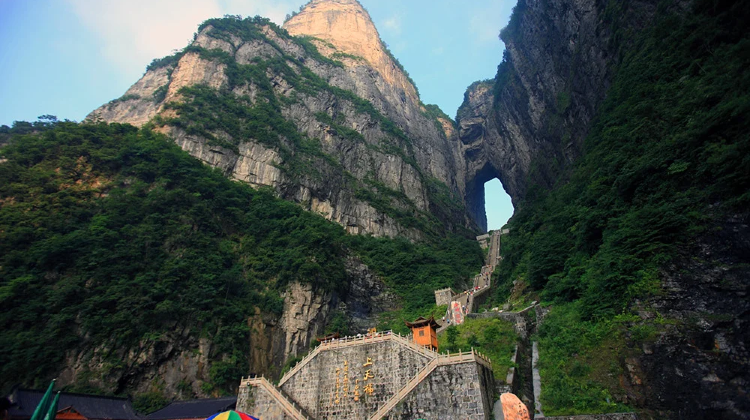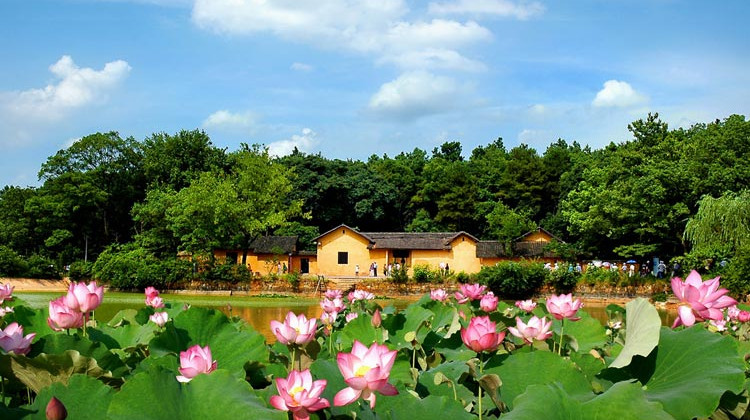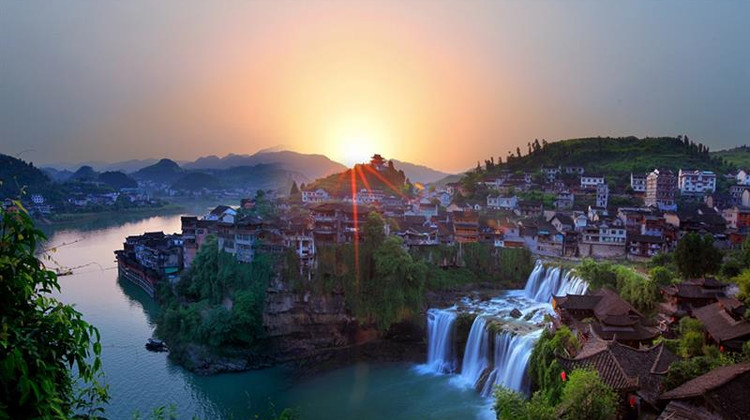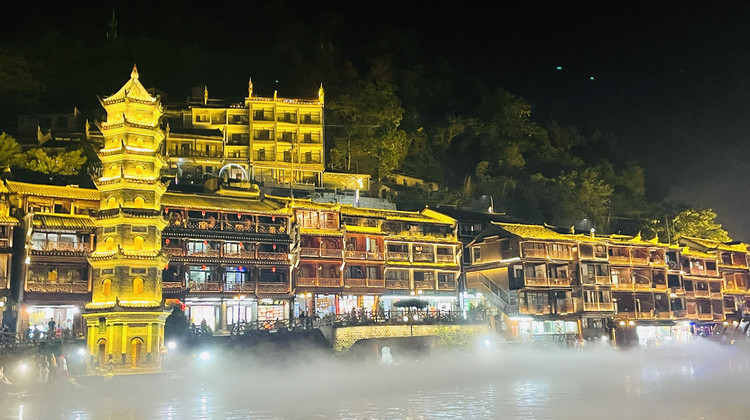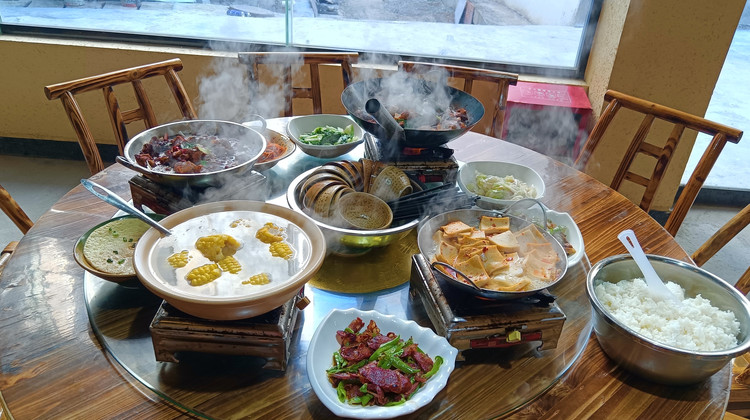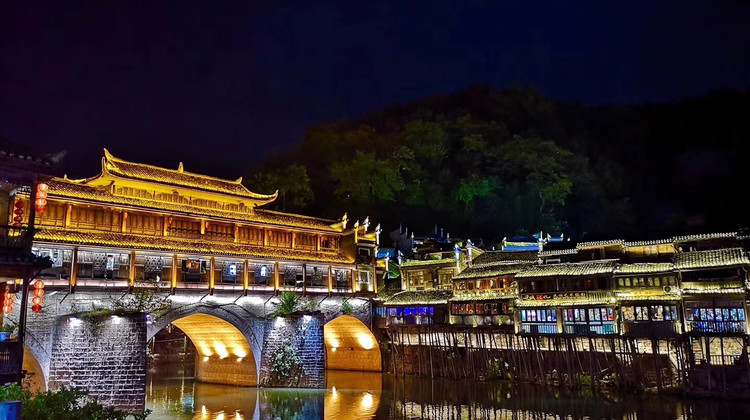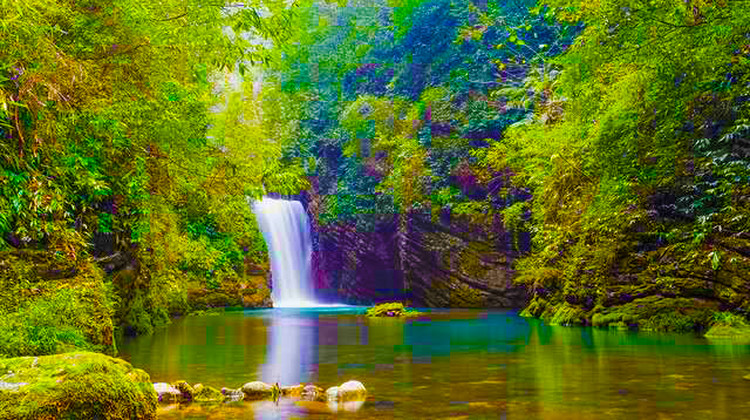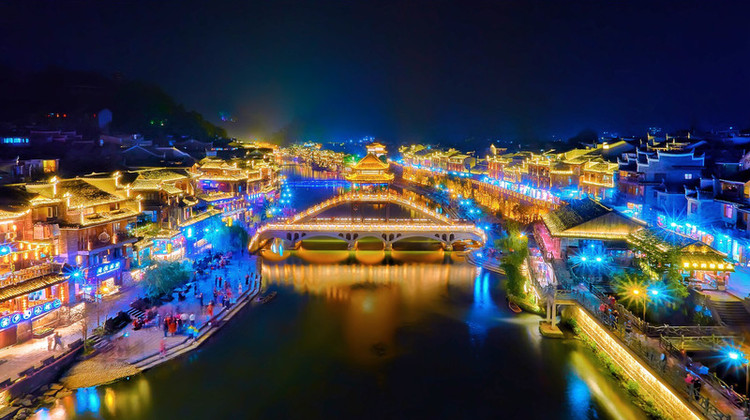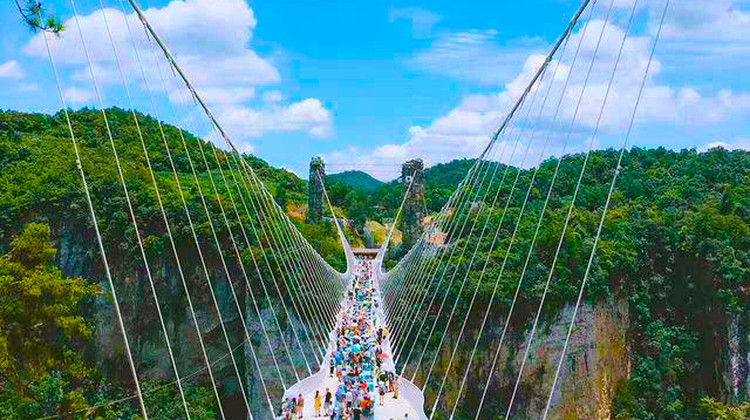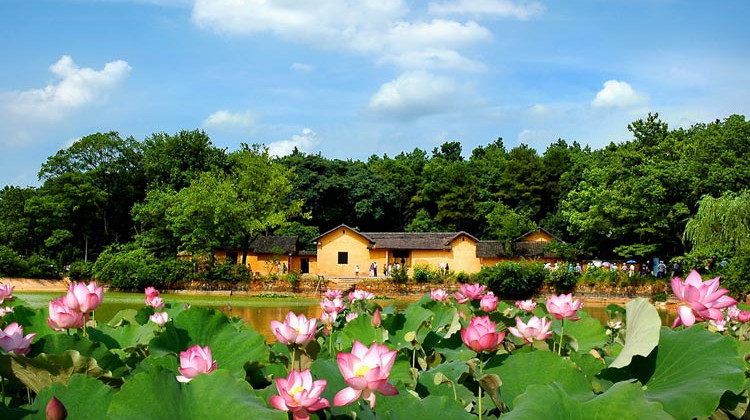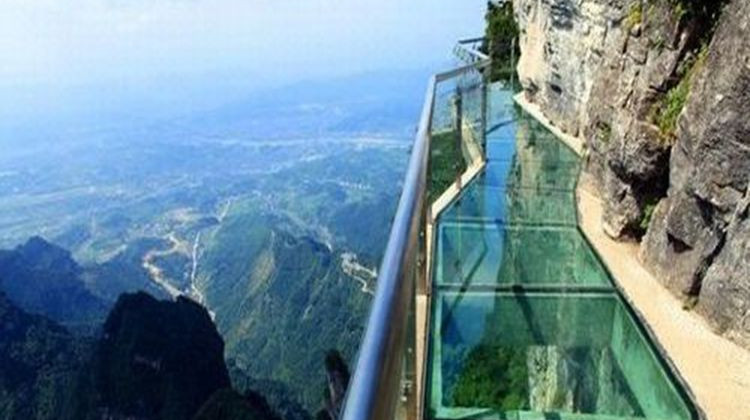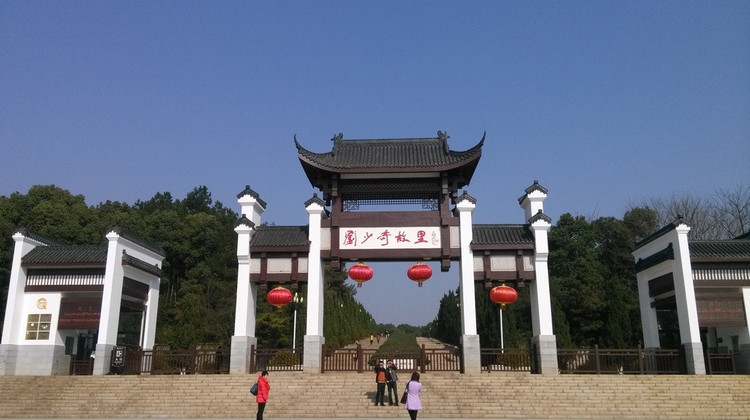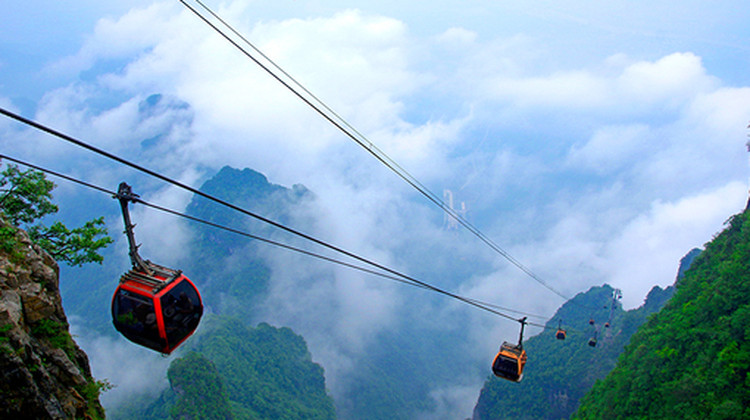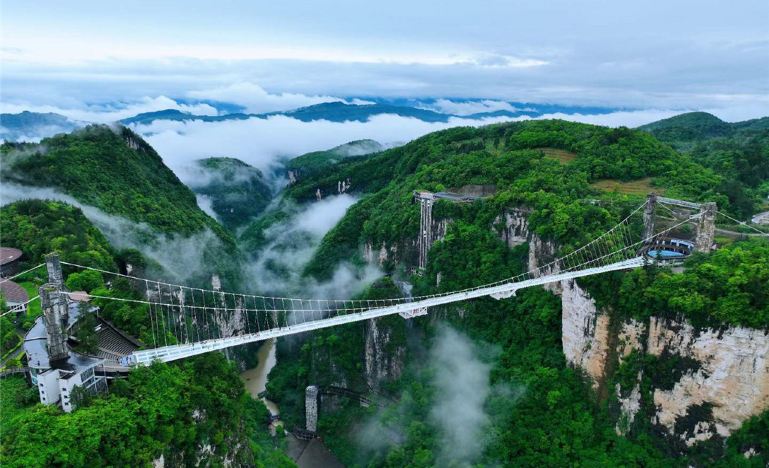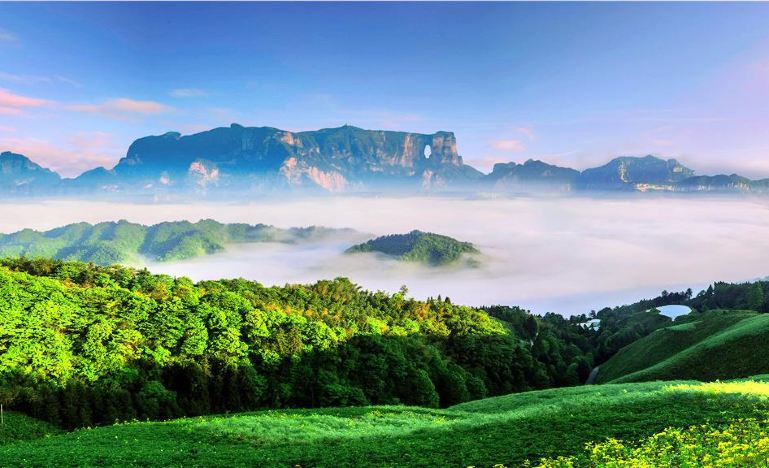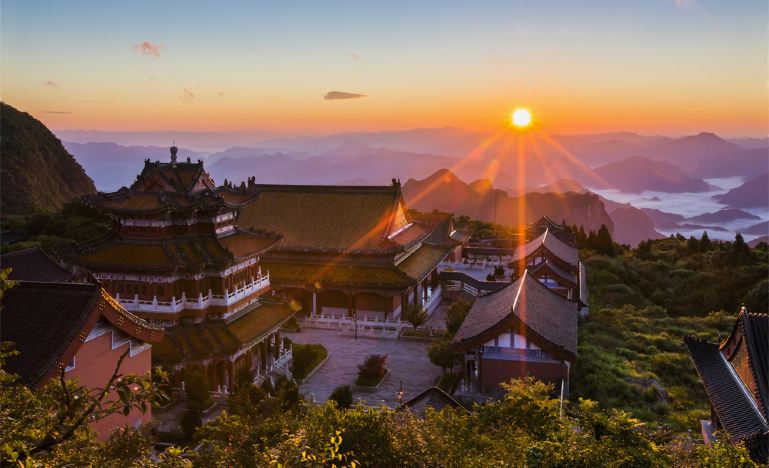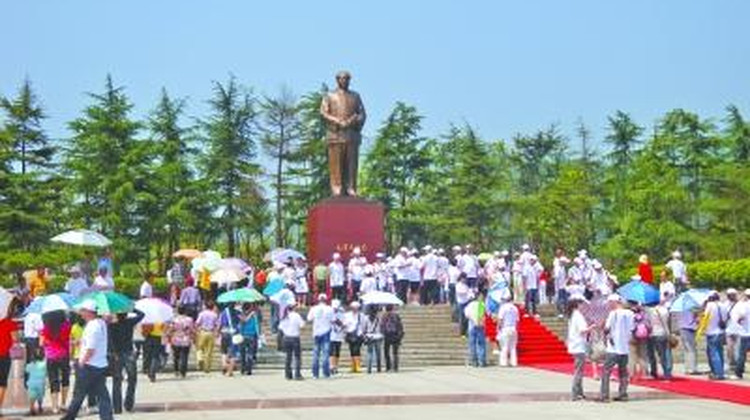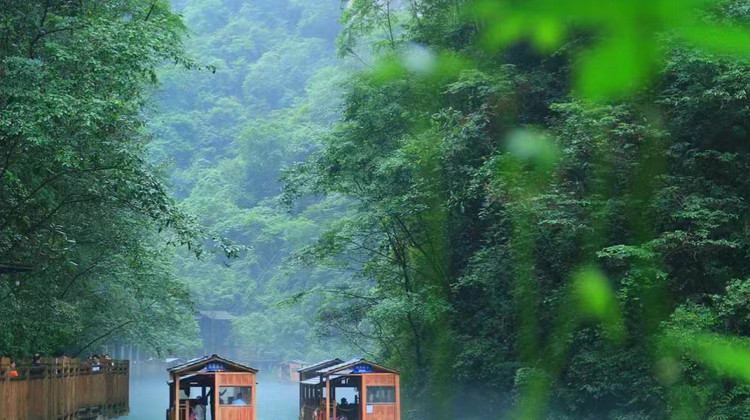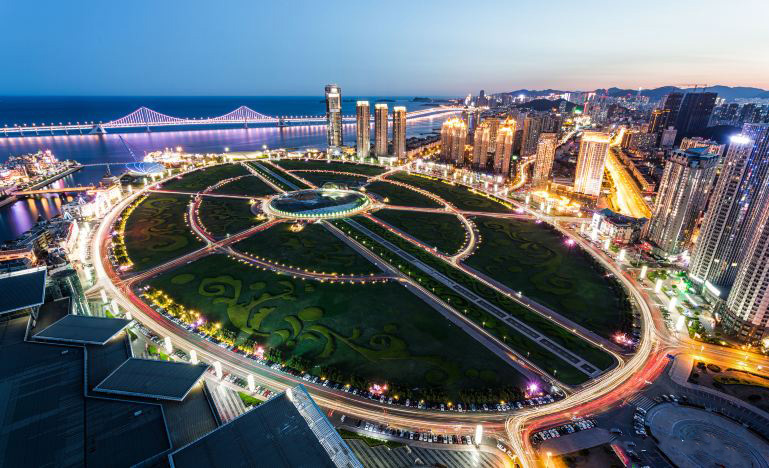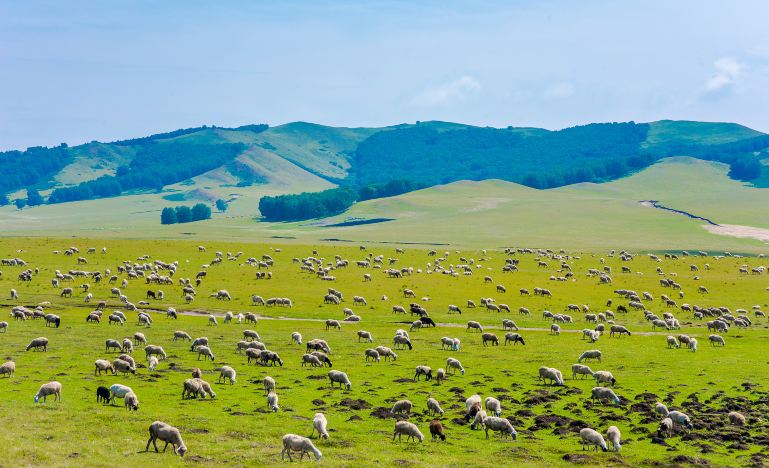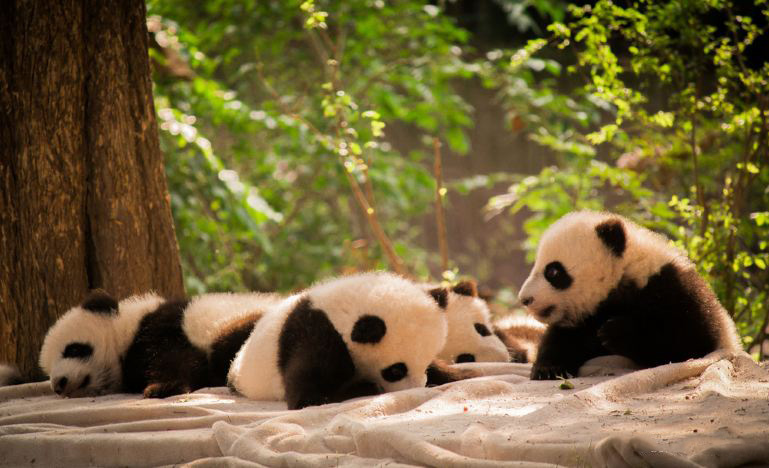Changsha + Shaoshan + Zhangjiajie + Tianmen Mountain + Fenghuang 6-Day 5-Night Group Trip
★ **Scenic Highlights** 🔥 Huaminglou [Liu Shaoqi’s Former Residence] + Shaoshan [Mao Zedong’s Former Residence] + [Yuntiandu Glass Bridge] + [Zhangjiajie Grand Canyon] + [Zhangjiajie Tusi City] + The Soul of Wuling National 5A Scenic Area [Tianmen Mountain National Forest Park] + Round-trip [Tianmen Mountain] Cable Car + High-altitude [Glass Skywalk] + Shen Congwen’s “Border Town” National 5A Scenic Area [Fenghuang Ancient Town] + Ancient Village and Countryside Tour [Miao Village Charm] + The Millennium Ancient Town Hanging on the Waterfall [Furong Town].
Note:
- The itinerary includes the hometowns of Chinese Communist leaders Mao Zedong and Liu Shaoqi.
Itinerary
Free Activities Recommendations:
– Orange Isle (Juzizhou)
– Yuelu Academy (Yuelu Shuyuan)
– Taiping Old Street (Taiping Laojie)
– Hunan Museum (Hunan Bowuyuan)
– Hunan University (Hunan Daxue)
– Chaozong Street (Chaozong Jie)
– Wenhe You Stinky Tofu Museum (Wenheyou Chou Doufu Bowuguan)
– Xie Zilong Photography Art Museum (Xie Zilong Xingxiang Yishu Guan)
– Huangxing Road Pedestrian Street (Huangxing Lu Buxingjie)
– Yangfan Night Market (Yangfan Yeshi)
– Sifangping Pedestrian Street (Sifangping Buxingjie)
– Wanjiali World Cultural Grand View Garden (Wanjali Shijie Wenhua Daguanyuan)
– Wanjiali World Celebrity Wax Museum (Wanjali Shijie Mingren Xangmu Guan)
Mao Zedong (26 December 1893 – 9 September 1976), also known as Chairman Mao, was a Chinese politician, Marxist theorist, military strategist, poet, and revolutionary who was the founder of the People’s Republic of China (PRC). He led the country from its establishment in 1949 until his death in 1976, while also serving as the chairman of the Chinese Communist Party during that time. His theories, military strategies and policies are known as Maoism.
Liu Shaoqi (pronounced [ljǒʊ ʂâʊtɕʰǐ]; 24 November 1898 – 12 November 1969) was a Chinese revolutionary and politician. He was the chairman of the Standing Committee of the National People’s Congress from 1954 to 1959, first-ranking vice chairman of the Chinese Communist Party from 1956 to 1966, and the chairman of the People’s Republic of China, the head of state from 1959 to 1968. He was considered to be a possible successor to Mao Zedong, but was purged during the Cultural Revolution.
Zhangjiajie (simplified Chinese: 张家界; traditional Chinese: 張家界; pinyin: Zhāngjiājiè; Tujia: Zanxjiaxgaif /tsán tɕá kǎi/), is a prefecture-level city in the northwestern part of Hunan Province, China. It comprises the district of Yongding, Wulingyuan and counties of Cili and Sangzhi. It contains the Zhangjiajie National Forest Park, part of the Wulingyuan Scenic Area which was designated as a UNESCO World Heritage Site in 1992.
Fenghuang County (simplified Chinese: 凤凰县; traditional Chinese: 鳳凰縣; pinyin: Fènghuáng Xiàn), named after the mythological birds Fenghuang, is a county of Hunan Province, China, under the administration of Xiangxi Autonomous Prefecture.
Located on the western margin of the province and the southern Xiangxi, it is immediately adjacent to the eastern edge of Guizhou Province. The county is bordered to the north by Huayuan County and Jishou City, to the east by Luxi County, to the southeast by Mayang County, to the southwest and the west by Bijiang District of Tongren City and Songtao County of Guizhou. Fenghuang County covers 1,745 km2 (674 sq mi), as of 2015, It had a registered population of 428,294 and a resident population of 363,700. The county has 13 towns and four townships under its jurisdiction, the county seat is Tuojiang (沱江镇).
Furong (Chinese: 芙蓉; pinyin: Fúróng) is a town in Yongshun County, Xiangxi Prefecture, Hunan.[2] The town, also advertised as Furong Ancient Town, is a tourist attraction in mountainous northwest Hunan, approximately halfway between the popular tourist destinations of Fenghuang County and Zhangjiajie. The town is well known for its scenic location, situated on cliffs above a waterfall that falls into the You River.
Furong was originally known as Wangcun, but was renamed following the success of the eponymous film, Hibiscus Town. The Tujia people were the original inhabitants of Wancun, and today Furong consists of a mix of Tujia and Han Chinese peoples.
It is located on the Zhangjiajie–Jishou–Huaihua high-speed railway, opened in late 2021.
Activity Recommendations:
1. Food and Shopping — Wuyi Square Business District
– ① Visit the famous Huopizhai Fire Palace on Pozi Street for a taste of Hunanese snack flavors.
– ② Enjoy shopping on Huangxing Road Pedestrian Street in Changsha.
– ③ Experience the old charm of Changsha at Taiping Old Street.
2. Scenic Spot Visits — **Orange Isle**, **Yuelu Mountain**, **Aiwan Pavilion**, **Yuelu Academy**, **Hunan Provincial Museum**
– ① **Orange Isle** Reason to recommend: Standing alone in the cold autumn, the Xiang River flows northward, at the head of Orange Isle. Watch the mountains turn red.
– ② **Yuelu Mountain**, **Aiwan Pavilion**, **Yuelu Academy** Reason to recommend: Located on the west bank of the Xiang River in Changsha, Yuelu Mountain is part of the urban mountain-type scenic area and is one of the seventy-two peaks of Mount Heng (the last peak).
– ③ **Yuelu Academy** Reason to recommend: The thousand-year-old Yuelu Academy, nestled in the mountains, is known as the crown of the four great academies of the Song Dynasty; it is one of the “Four Great Academies” of ancient China and is one of the well-preserved ancient academies in China today, with most of the existing buildings dating from the Ming and Qing dynasties; in addition to the architectural relics, Yuelu Academy is also famous for preserving a large number of stele and plaque cultural relics.
– ④ **Aiwan Pavilion** Originally named the Red Leaf Pavilion, it is located behind Yuelu Academy, in the Qingfeng Gorge at the foot of Yuelu Mountain, with the pavilion facing east and surrounded by mountains on three sides.
– ⑤ **Hunan Provincial Museum** “Mawangdui Han Tombs”, “Plain Silk Robe”, “Mawangdui Millennium Female Mummy”
FAQs
A: Zhangjiajie is a prefecture-level city in the northwestern part of Hunan Province. It contains the Zhangjiajie National Forest Park, part of the Wulingyuan Scenic Area which is a UNESCO World Heritage Site.
A: During holidays and peak tourist seasons, Fenghuang County can be very crowded. Weekends may also see more visitors.
A:For 144hour-free-visa, you can refer this post 144-hour-Visa-Free Transit policies for Foreign Nationals – A Complete Guide in 2024 – ChinaTravelTips (china-travel-tips.com)

